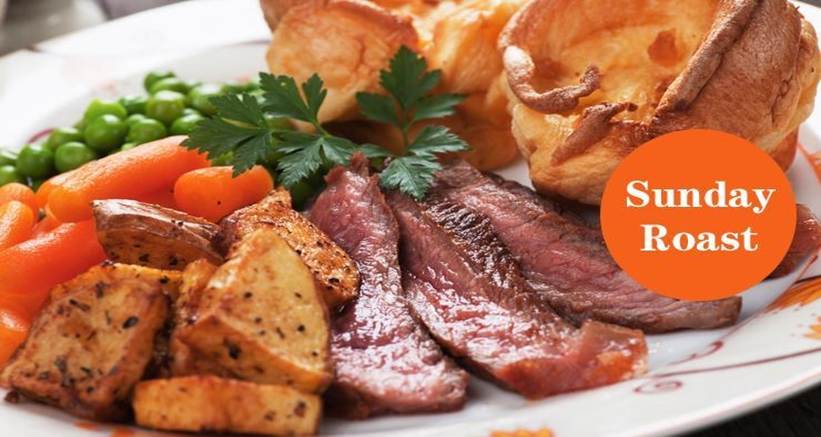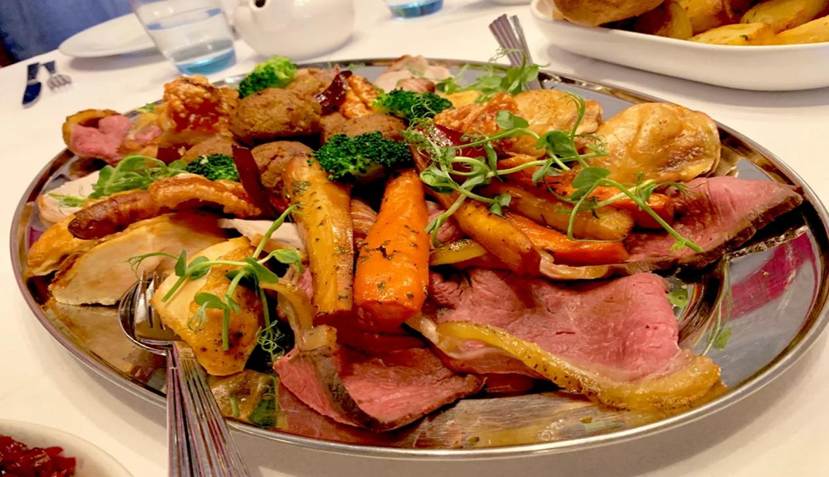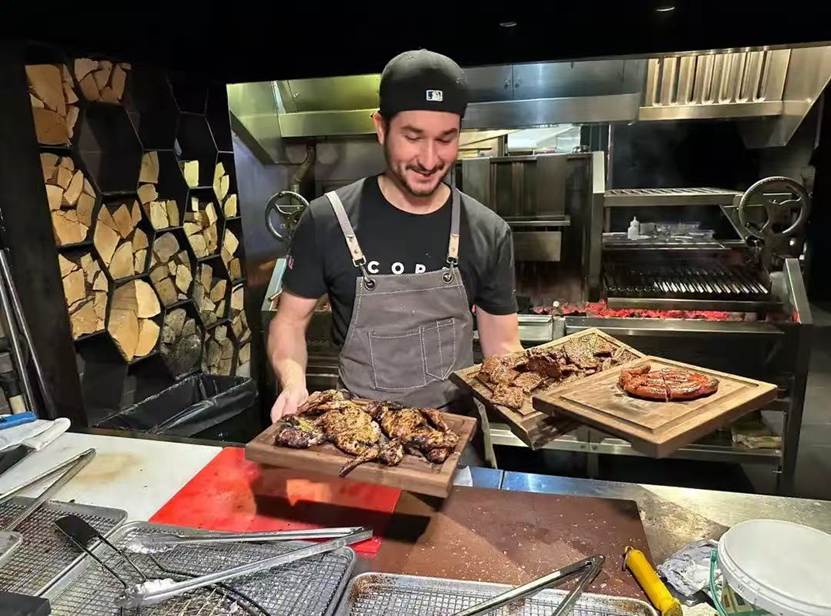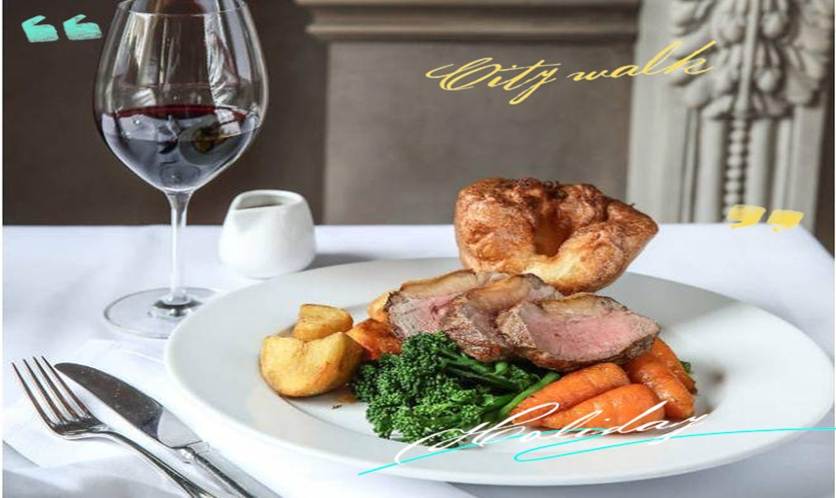1.Why Study Food to Understand Culture?
Food serves as a fundamental lens to analyze culture through five interconnected dimensions:
Firstly,cuisine preserves historical narratives.It holds traces of colonization,migration,and resource availability.For instance,as pointed out by food historians like K.T.Achaya in"Indian Food:A Historical Companion,"trade routes significantly influenced the spread of spices.The ancient Silk Road and other maritime trade routes introduced spices from the East,such as pepper from India and cinnamon from Ceylon,to Europe.This not only transformed European cuisine but also left an indelible mark on its cultural fabric,changing the way people cooked and the value they placed on certain ingredients(Achaya,K.T.,1994).
Secondly,traditional dishes often reflect social hierarchy.In"Consuming Passions:The Anthropology of Eating"by Peter Farb and George Armelagos,it is detailed how throughout history,luxury ingredients like truffles,caviar,and certain cuts of meat were reserved for the elites.These foods were symbols of wealth and power,with sumptuary laws in many societies regulating who could consume them.This practice clearly demarcated class distinctions,as the commoners had to make do with more basic and readily available foodstuffs(Farb,P.&Armelagos,G.,1980).
Community identification is reinforced by the use of recipes in different ways. They are very much involved because to the national celebrations, which include family rituals, among others. In many civilizations, the family is told in a number of different ways by the generations, which also helps to create a sense of community and continuity. Food, such as the thanksgiving turkey to the US or the mooncakes in the Mid-Autumn Festival in China, is the main source of national and cultural identity and the spirit of the country's sense of belonging to the country as a whole.
Fourthly,local ingredients and cooking methods emerge from environmental adaptation.For example,coastal cultures around the world,such as those in Greece,Japan,and parts of Africa,have long relied on seafood as a staple due to their geographical location.Their cooking methods,like grilling fish in Greece or raw fish preparation(sushi)in Japan,are adapted to the abundance of fish and the local climate and resources.In England,there might also be similar situations.
Fifthly,the presentation and symbolism in food mirror cultural aesthetic values.The use of color,texture,and shape in food preparation is significant.In Chinese cuisine,for example,as discussed in"The Food of China"by E.N.Anderson,the color red is associated with good luck and prosperity,so red-colored ingredients or dishes are often served during festivals.The elaborate carving of fruits and vegetables in Japanese cuisine to create beautiful and harmonious presentations also reflects the Japanese aesthetic ideals of simplicity,balance,and harmony(Anderson,E.N.,1988).
This structure makes it possible to conduct a methodical study of the relationship between food and its environment, as well as the values, histories, and relationships that are reflected in society as they relate to one another. We gain a more thorough grasp of several cultures and their complicated tastes by examining food from these various aspects.

Example: English Roast Dinner
The Sunday Roast, which consists of a weekly food with a strong embedded in the social structure of the country, is a classic example of English food culture. Usually, this traditional food is composed of roasted meat (like beef, pork, or lamb), cowshire pudding, roast potatoes, seasonal vegetables, and a rich, savory gravy, which is the center of the British food calendar.
The origins of the Sunday Roast can be traced back to the 18th century,a time when British agricultural prosperity significantly increased the availability of red meat for regular consumption.As the country's farming capabilities expanded,families were able to afford and enjoy a substantial roast dinner on Sundays,a day of rest and gathering.This practice soon became a cherished tradition,passed down through generations.(Lieber,M.,2009)

The Sunday Roast has also inspired cultural expressions. For instance, the English patriotic ballad "The Roast Beef of Old England," which was written by Henry Fielding for his play, "The Grub-Street Opera, in 1731, exaggerates the virtues of roast beef, stoking that "when the Englishman food of the powerful roast meat, it ennobled our brains, and enriched our blood, the soldiers were courageous." (Fielding, H.,1973)
Today, the Sunday Roast is still a mainstay of modern English social life. Pubs throughout the country are crowded with customers on Sundays, so to have a traditional roast, don’t want to eat. Moreover, it has surpassed the family dinner table and is currently a popular service in restaurants and even served on other days of the week in some places. Whether it's a family meeting at home or a lunch out with friends, the Sunday Roast continues to be a symbol of comfort, community, and the great food tradition of England.

3. A Multidimensional Analysis of British Culture through the Framework of Sunday Roast
I. Historical Narrative:
British imperial growth and agricultural reform are the main ways that the Sunday roasted have been followed in the past as a result of the way the area was historically developed in Britain. In the eighteenth century (including the enclosure movement that promoted the scale of animal husbandry), the improvement of agricultural production changed the amount of red flesh that was used to a standard fixture of everyday families on the tables of the same people. Furthermore, as colonial trade routes (including the introduction of animal husbandry technologies from the Americas)further enriched meat supplies.As Lieber notes in The Great British Sunday Roast,after the mid-18th century,with the popularization of ovens in middle-class households,the Sunday roast gradually evolved from a manorial feast into a national tradition,becoming a gustatory witness to the transformation of British agricultural civilization.(Lieber,M.,2009)
II. Social Hierarchy:
In the 17th-18th centuries,roast beef served as a symbol of aristocratic status in Britain – the upper class demonstrated wealth through"roast beef banquets,"while commoners primarily relied on grains and poultry for their diet.Henry Fielding shaped roast beef into a symbol of the"British spirit"in his ballad,implicitly containing a cultural deconstruction of the noble class'dietary privileges.(Fielding,H.,1973) After the Industrial Revolution in the 19th century,with the popularization of meat processing technologies,the Sunday roast gradually became a cross-class national cuisine,reflecting the transformation of British social structure.
III. Community Identity:
The Sunday roast constructs a collective sense of belonging in British society through inherited recipes and gathering rituals.At the family level,the craftsmanship of roast beef is often passed down as a family secret,strengthening emotional bonds among family members.At the national level,as the core element of"Sunday Family Day,"the Sunday roast becomes a metaphor for British national identity through the ritual of"universal sharing."In Fielding's ballad,the lyrics"roast beef ennobled our brains"directly link diet to the construction of national character,highlighting its function in cultural identity.(Fielding,H.,1973)
IV. Environmental Adaptation:
Britain's temperate maritime climate is conducive to the growth of pastures,creating a natural advantage for animal husbandry.The core ingredients of the Sunday roast—beef—and its cooking method of roasting are typical adaptations to local resources.Take Yorkshire Pudding as an example:its recipe using flour,eggs,and milk essentially utilizes the region's abundant grain and dairy resources.(Glasse,H.,Stead,J.,&Bain,P.,2012) The pairing of roasted meat with rootvegetables(such as roasted potatoes)reflects the survival wisdom of requiring high-calorie foods in Britain's cold winters.In coastal areas,fish(such as cod)was once incorporated into Sunday roasts,further confirming how the geographical environment shapes dietary patterns.(Overton,M.,1996)
V. Aesthetic Symbolism:
The plating and eating rituals of the Sunday roast embody the aesthetic orientations of British culture:the color contrast between the dark roasted meat and golden Yorkshire pudding echoes the traditional aesthetic imagery of"abundance and warmth",while the symmetricallayout of ingredients in the order of"meat-starch-vegetables"reflects the balance between pragmatism and a sense of order.In addition,the pursuit of"crispy outside and tender inside"texture in roasted meat forms an intertext with the metaphor of"reserved yet mellow"character in British culture.

To put it briefly, food is much more than only the source of food—a living tidal that weaves as a collection of historical and moral, social, and environmental relationships—into a single and communal culture. In England, the symbolic Sunday Roast tells a narrative about the community, culture and tradition of culture in which it is told. Through the analysis of food in various ways, we also have a greater understanding of various ways in which human civilizations are expressed, in addition to the ways that societies have developed. Because of the flavors of nature in which people are treated—which is the remembrance of who we and whom we are—we recall, food, which, in general, is the weight of centuries of tradition—is the reflection of what we are and which we come from.
Reference
- Achaya, K. T. (1994). Indian food : a historical companion. Oxford University Press.
- Farb, P., & Armelagos, G. J. (1980). Consuming Passions.
- Anderson, E. N. (1988). The food of China. Yale University Press.
- Lieber, M. (2009). The Great British Sunday Roast. Larkwell Books.
- Fielding, H. (1973). The Grub-Street Opera.
- Glasse, H., Stead, J., & Bain, P. (2012). First catch your hare : the art of cookery made plain and easy (1747). Prospect Books.
- Overton, M. (1996). Agricultural revolution in England. Cup.




















 881
881

 被折叠的 条评论
为什么被折叠?
被折叠的 条评论
为什么被折叠?








